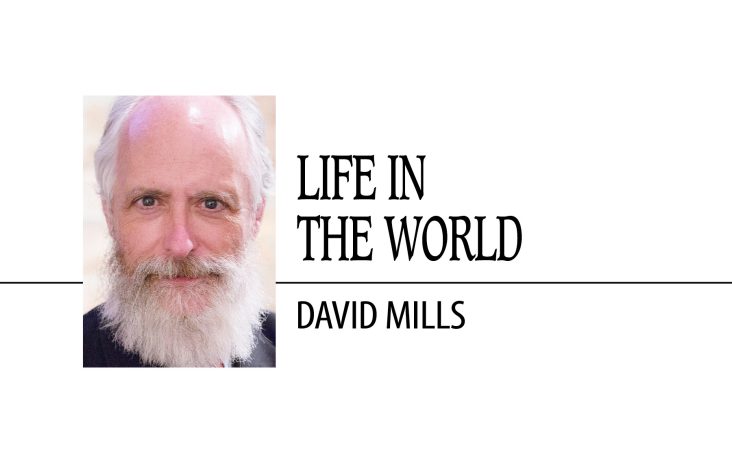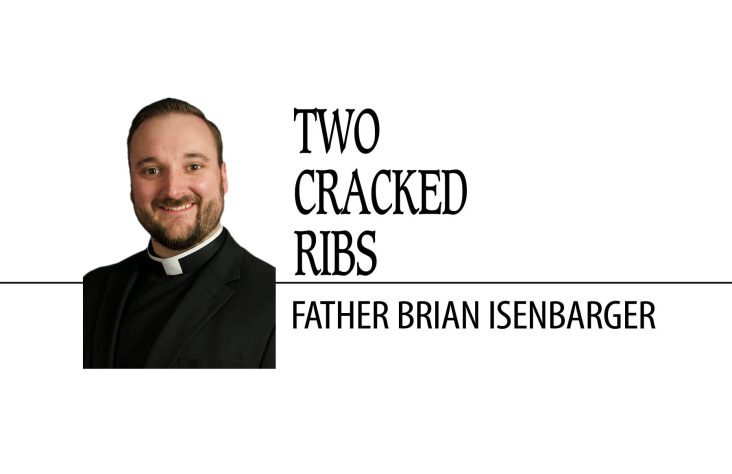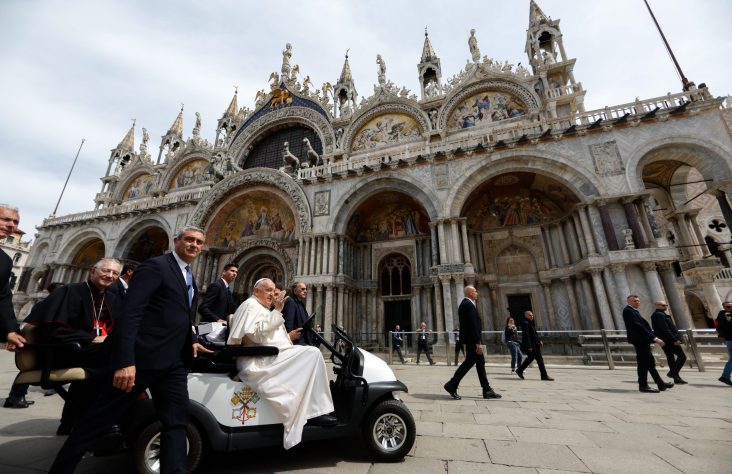April 8, 2010 // Uncategorized
Efforts begin to restore, rebuild earthquake-damaged Chilean churches
By Aaron Nelsen
SANTIAGO, Chile (CNS) — As Osvaldo Corona scrambled from his second-floor bedroom during the Feb. 27 8.8 magnitude earthquake that rocked Chile, he got a glimpse of the renowned red-tiled cupola that graced Divine Providence Church.
Stumbling to safety, he looked again and the cupola was gone, strewn in pieces on the street.
“It happened so fast,” recalled Corona, the church’s longtime administrator. “I looked at the floor because everything was moving and all of a sudden I heard a tremendous crash and the cupola was gone.”
Declared a national monument in 1989, the church suffered serious damage and now is closed. Divine Providence Parish is not alone.
After the fifth largest earthquake ever recorded, hundreds of historic buildings in the south central region of Chile lay in ruin. The National Monuments Council, responsible for cataloguing the destruction of cultural treasures, has identified 241 such sites damaged during the quake. Nearly 75 percent of them are Catholic institutions.
In addition, the Statistical Office of the Chilean bishops’ conference reported that 80 percent of all churches in the quake zone were damaged.
The extent of damage varies among the dozens of churches in 12 of the country’s 27 dioceses. The end result is that an estimated 1 million people no longer have a place to worship.
The executive committee of the bishops’ conference has established a Reconstruction Support Commission to collaborate with other entities on restoration efforts.
The National Monuments Council provides funding for sites designated historically important, but it is unclear where funds for reconstruction and restoration will come from, said Maria Elena Troncoso Delpiano, executive secretary of the National Commission of Cultural Property of the Church. She is heading church efforts to assess the damage in coordination with the council.
The process of restoring so many sites will take years. The cost is expected to soar into the hundreds of millions of dollars, according to the monuments council.
Troncoso said that from what she has observed, the earthquake dealt the church a devastating blow, reducing dozens of century-old structures to rubble. Repeated aftershocks have opened cracks and fissures in many buildings left standing.
The monuments council and the National Center of Conservation and Restoration are spearheading the damage assessment efforts in collaboration with the religious organizations, architects and architecture students.
The council primarily is focused on buildings, while the conservation and restoration center is concerned with altars, furniture, ornaments, images and paintings of historical significance.
For its part, the council has dispatched a dozen teams of architects and archeologists to damaged sites. In some communities they have arrived to find the city has already given the green light to demolish buildings before they have had a chance to assess the extent of the damage.
“Now is the time for solutions,” said Oscar Acuna, executive secretary of the National Monuments Council. “Before we hastily demolish buildings we need to consider whether we want communities of patrimonial significance or communities without an identity.”
While many adobe buildings simply crumbled under the force of the quake, Troncoso and the council insist that many can be restored. Among the most recognizable buildings damaged in the quake was the UNESCO World Heritage site, La Matriz Church in the coastal city of Valparaiso.
Other less well-known churches, such as Immaculate Conception in Maipo, Holy Guardian Angels in Buin and Our Lady of the Rosary in Pirque, were closed during Holy Week. Divine Providence, however, made do with outdoor services.
On Good Friday the congregation unfolded plastic chairs under the shade of a white tarp as Corona made preparations for the midday service. Built between 1881 and 1890 by Italian architect Eduardo Provasoli, the neo-Renaissance church has survived numerous other earthquakes, including Chile’s last big one, of 8 magnitude, in 1985. During that quake, several of the church’s archways cracked, but were eventually repaired.
The latest quake reopened old wounds. Then, as now, Corona lived on church grounds. He can’t explain why his church was repaired while others were neglected. All he can say is that Divine Providence will again pick up the pieces.
“It’s sad we lost the cupola,” Corona said, “but it will be restored, and look just as it did before.”
The best news. Delivered to your inbox.
Subscribe to our mailing list today.





